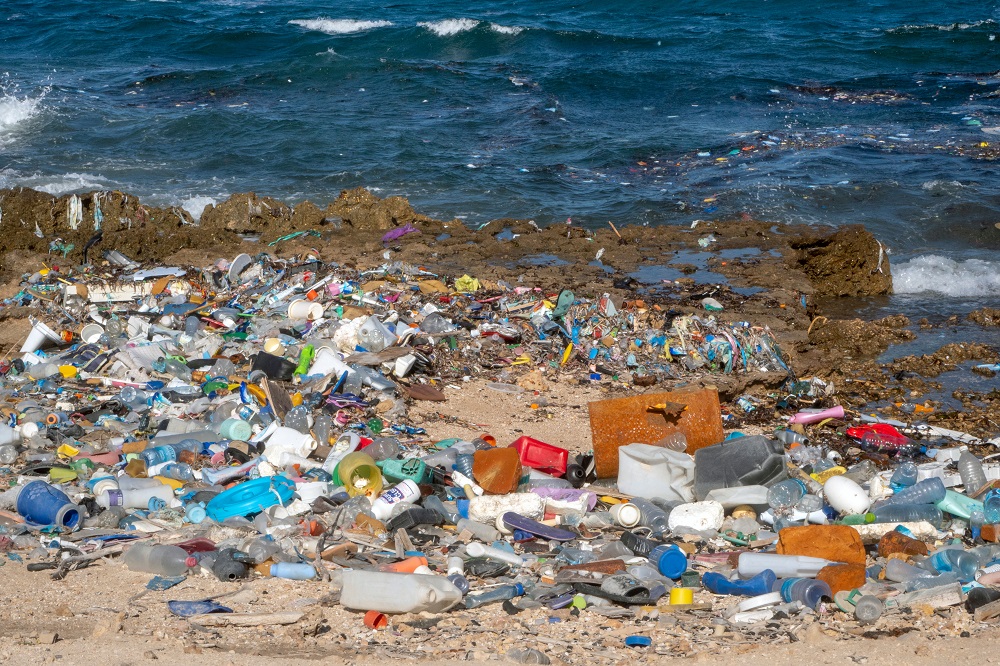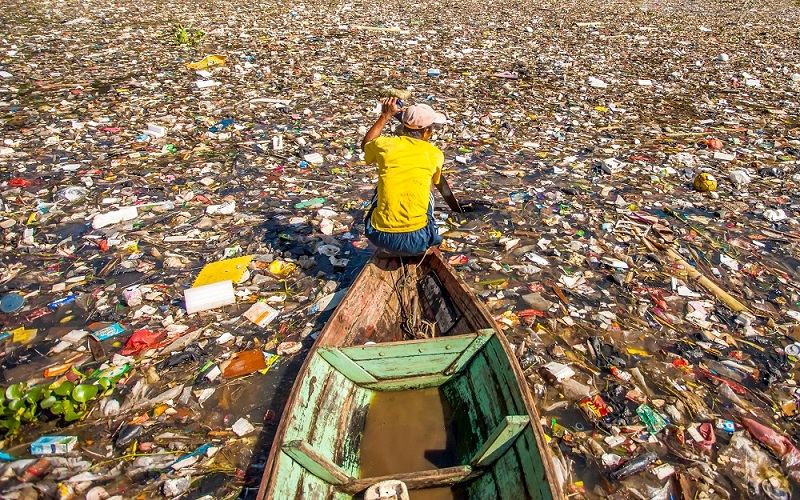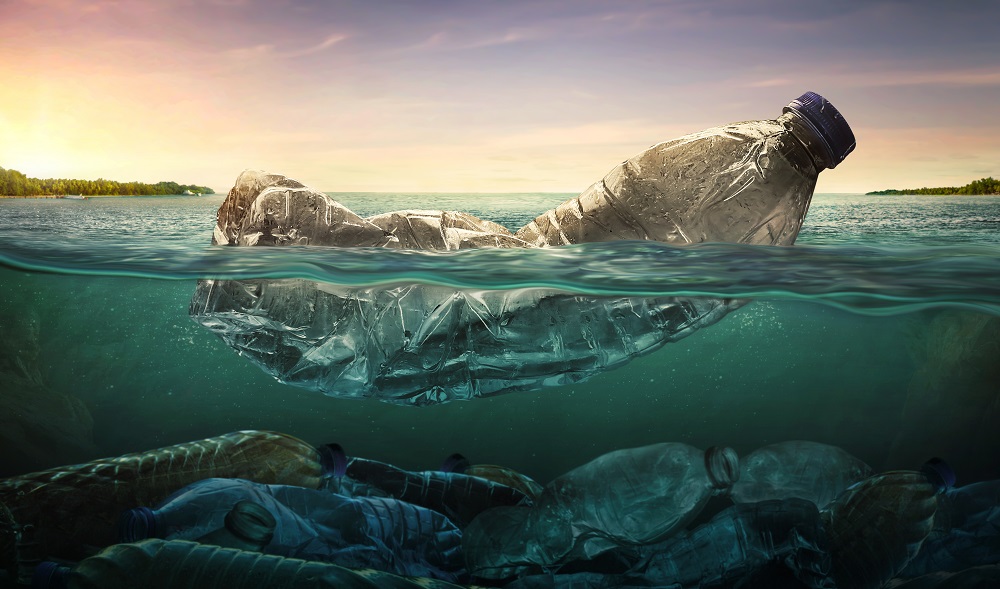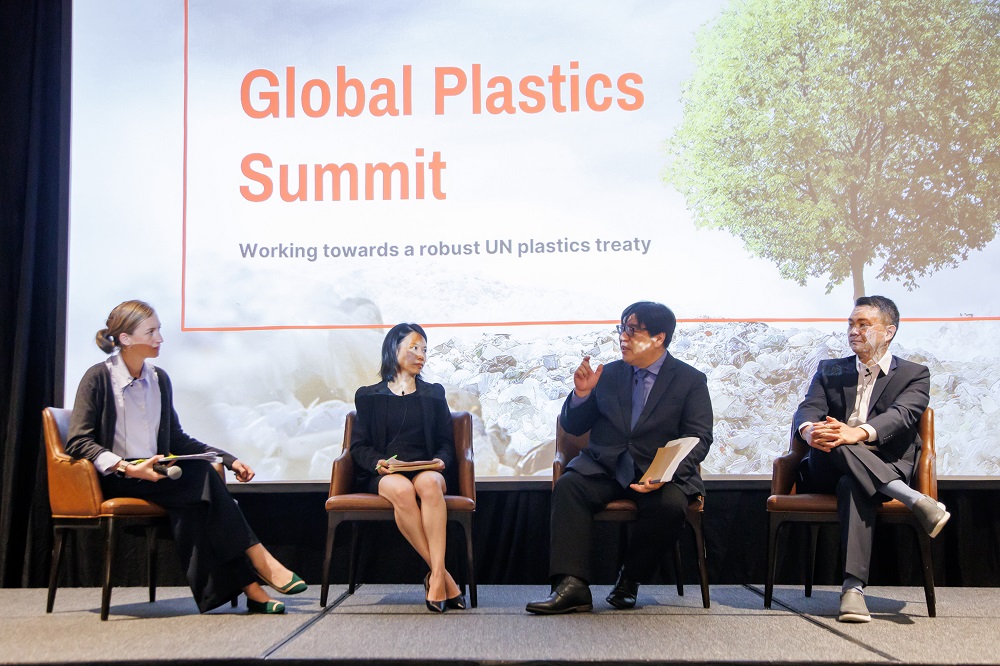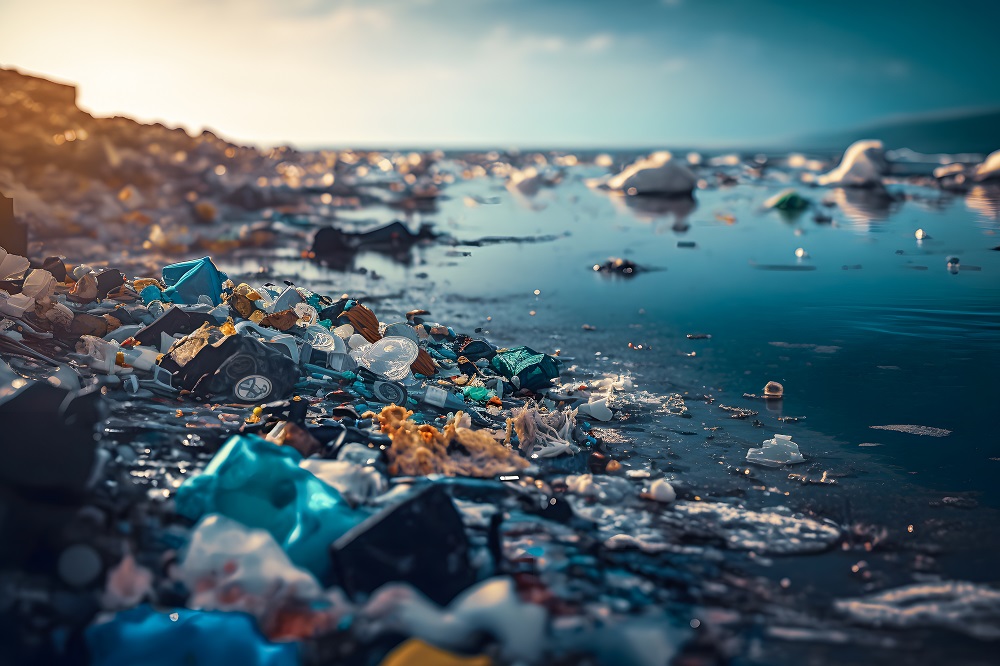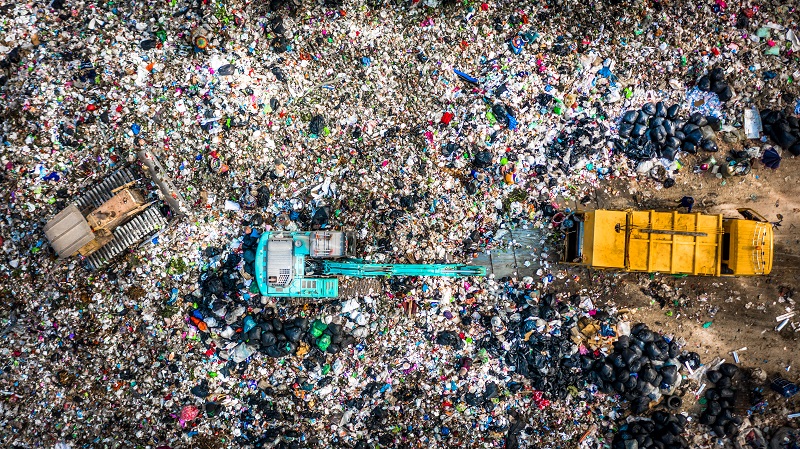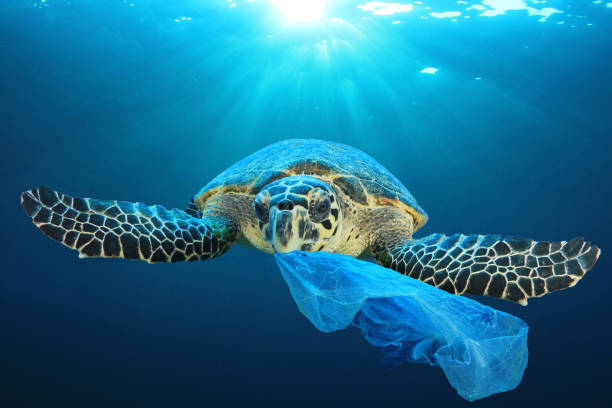Executive summary
The amount of plastic the world has manufactured since mass production started around 1950 is staggering: by 2015 that number was estimated at 8.3 billion tonnes, of which 2 billion was still in use. The remainder was waste, with nearly 80% of that sent to landfills or polluting the environment, including the oceans, where it will take centuries to degrade (and even then it will not disappear).
Plastic is not the world’s only pollution challenge, but it is arguably the most prominent. When it comes to the ocean, for example, 60% of people say tackling plastic pollution is the top priority for restoring ocean health, ahead of dealing with chemical pollution and addressing climate change.
Plastic is not the world’s only pollution challenge, but it is arguably the most prominent.
The issue is unlikely to recede soon. The world makes and uses more plastic each year, with 367 million tonnes manufactured in 2020—most of which is used in packaging and construction. With production forecast to double by 2040, and with externality costs estimated at US$1,000 per tonne, the cost of plastics to society could by then exceed US$700bn annually.
By 2050, a century after mass production started, researchers predict the total amount of plastics made could have reached more than 25 billion tonnes. To put it another way, in the next 35 years we will produce twice as much plastic as we did in the first 65. Unless we change how we produce plastic and manage it as waste, as much as 12 billion tonnes of plastic waste could be in landfills or in the environment by that year.
Continuing along this path is plainly unsustainable. Dumping plastics, large volumes of which end up in the ocean, is not just ecologically disastrous, but it has also become publicly unacceptable. Deciding how best to proceed, however, is less clear.
The Plastics Management Index
The scale of the challenge demands a new framework that covers the entire lifecycle of plastic products—from design to production to consumption to disposal and beyond. This report, which introduces the Plastics Management Index (PMI), aims to contribute to this goal by bringing attention to growing global concerns around the use of plastic and highlighting how its management can be made sustainable. And with 2021 marking the start of the UN’s Decade of Ocean Science, the goal of which is science-based management of the oceans, the timing of this initiative is particularly apt.
The PMI, which is a project of Back to Blue, an initiative of Economist Impact and The Nippon Foundation, measures, compares and contrasts the efforts made by a selection of 25 countries at different stages of development in their management of plastics, covering the entire lifecycle of plastic products.
Its goal is to assess each country’s capacity to minimise plastics mismanagement or leakages across the plastics lifecycle, while promoting the optimal production and use of plastic as a resource. In so doing, it views the issue through the lens of policy, regulation and business practice, while also incorporating consumer actions and perspectives.
Dumping plastics, large volumes of which end up in the ocean, is not just ecologically disastrous, but it has also become publicly unacceptable.
The PMI focuses on three categories for each of the 25 countries:
- Governance, which assesses a country’s mix of laws, regulations and incentives for plastics management (36.36% weighting).
- Systemic capacity, which measures a country’s scope to oversee, collect, sort and recycle plastic waste, and its investment in capacity-building efforts (36.36% weighting).
-
Stakeholder engagement, which looks at international and national efforts by governments to combat plastic
waste, along with the endeavours made by the private sector and consumers (27.26% weighting).
Each of these categories comprises data from four sub-categories, which contain between two and six indicators. The resulting data are weighted according to importance after verification by Economist Impact analysts and consultation with independent experts to generate a score. The index also includes select data points from surveys of 1,800 consumers and nearly 770 executives in those countries. (See the Appendix of this paper for a full methodology.)
Research for the PMI reveals:
- Germany is the top performer overall in plastics management, scoring 87 points out of 100. It ranks 1st for governance and stakeholder engagement, and 3rd for systemic capacity. Among the reasons for its overall ranking are its recycling scheme, on which government and industry have worked to build a circular economy for plastics; its global leadership on plastics management that it couples with a proactive domestic approach; and a diverse approach to stakeholder engagement that feeds into government action.
- Europe leads in efforts to manage plastics, while Asia lags—despite producing half the world’s plastics. Europe leads the overall ranking, in part because most European nations in the index are wealthy, but also thanks to the proactivity of the EU and its ability to fund innovation and research. Asia-Pacific countries largely comprise the middle of the table, followed by Latin American and African countries.
- China, the world’s largest plastics producer, is developing the capacity to manage plastics but lags on stakeholder engagement. China’s overall ranking (10th) is boosted by its 8th place in the systemic capacity category, helped by its efforts to improve domestic recycling capacity and collection. That offsets China’s lower score (16th) for stakeholder engagement, where its strong showing for private sector commitments to reduce and promote plastics use is undercut by coming last place for responsible consumer actions and perceptions and ranking 13th for the national government-led approach to minimising plastics mismanagement.
- Most lower-middle-income countries struggle across the board—although Vietnam and Ghana outperformed. Lower-middle-income countries face a range of governance, systemic capacity and stakeholder engagement challenges, but Vietnam (11th) and Ghana (15th) show that many of these can be tackled. Key systemic capacity issues for lower-middle-income countries are better oversight of management processes—particularly mechanisms to ensure accountability —and improved infrastructure to enable recycling. Kenya, a lower-middle-income country, shows that economies with limited means can succeed in some areas. Kenya, for example, outranks Germany in sub-category 3.3, which assesses private sector commitments about responsible plastic use.
- Differences in stakeholder engagement divide some over- and underperformers. Malaysia ranks 13th overall in the index but outperforms in the stakeholder engagement category, where it ranks 1st for responsible consumer actions and perceptions of plastic waste management—one of the four sub-categories—and 2nd overall in this category, behind Germany. Malaysia’s relative outperformance was driven by media coverage of a plastic waste dumping scandal in 2018, which outraged the public and saw major changes implemented. Finland, conversely, ranks 15th for this category, dragged down by low scores for private sector efforts (lukewarm business commitments and practices, for example) and government action, including the lack of a comprehensive plastics waste management database and an absence of education on plastics waste in the school curriculum.
- Although signing international agreements is important, it is crucial that nations act domestically too. Implementing sound policies and practices at home is vital if countries are to improve plastics waste management. Here, there is much that nations can do. While 14 countries score maximum points for signing up to such instruments, just two (Germany and Japan) score the maximum for their national government-led approach (which, among other measures, assesses whether school curriculums focus on plastics).
Foundations of effective plastics management
- Governance is strongly correlated with better plastics waste management. Countries that enforce laws on plastics waste management do significantly better in the PMI. In other words, a high governance ranking implies that a country is proactive at legislating, monitoring and fairly enforcing transgressions of responsible plastics use and consumption. It also indicates that its waste management regime is underpinned by effective operational enablers. India, for example, could do better simply by putting in place mechanisms to monitor and enforce waste management regulations in urban and rural areas.
- When it comes to systemic capacity, robust oversight of waste management processes alone is insufficient. Nations that perform well here exhibit strong oversight paired with more efficient collection and sorting channels, infrastructure to help recycling, and investments in capacity-building. Mexico, for example, scores well (7th) for oversight of waste management processes, but could raise its ranking by strengthening its collection and sorting channels (22nd) and investing in capacity-building to ensure sustainability of systems (25th). Malaysia, on the other hand, could do better by creating a single source of responsibility for plastics waste management to replace the existing division between local authorities and various ministries. Given that plastics pollution is a transboundary issue, countries that lead should share their knowledge and experiences with— and help to fund improvements in —weaker nations.
- Stakeholder engagement requires an across-the-board approach that includes government, business, media and consumers. The private sector, whether producing or using plastics, has a huge responsibility that it is ignoring in many countries, and that governments can influence through carrot and stick measures, as the EU has done. Consumers have some responsibility too. However, as they lack input into the pre-consumer stage (design, packaging, marketing), most can do so during and after purchasing. And consumers are further limited in terms of the available disposal solutions for plastics. Malaysia showcases the power of media to influence government and business to act responsibly. Meanwhile, Jordan and Nigeria—which finished 24th and 25th in the overall rankings and are the only countries to score zero from a possible four points for their national government’s approach to minimising plastic mismanagement—show the importance of government action.
Plastics management policy and regulation
- There is far more to plastics waste management than simply managing the waste that is generated. One reason for Germany’s lead is its lifecycle approach, including efforts to build a circular economy for plastics. Success goes far beyond providing most citizens with access to waste management and collection services. That said, such systems are an essential foundation. Consequently, countries need to put in place policies that are best suited to their needs as they seek to deal better with waste management and plastics.
- The lack of both an overarching framework and a single body to oversee plastics pollution is a major challenge for global plastics waste management. The current patchwork of local regulations of varying scope, combined with about a dozen key global agreements on plastic pollution divided between three UN bodies, fragments and complicates a global approach to plastic pollution. At the international level, a global Paris Agreement-style treaty that deals with plastic waste throughout the lifecycle is needed to augment or even replace the existing mix of measures. There is growing support for such an initiative from governments (more than two-thirds of UN member states are willing to consider such an agreement), non-government organisations (NGOs) and some of the world’s biggest plastics manufacturers and consumer brands. The UN Environment Assembly (UNEA), the leading global body on environmental policies and law, is scheduled to discuss whether and how to move ahead on that at its February 2022 meeting.
- Knowledge gaps hinder international action. The push for a Paris-style climate change deal for plastics comes as international momentum for improved plastics waste management has seen some success, with amendments agreed in 2019 now in effect for the Basel Convention that limit the international trade in recycled plastics. Yet successful actions require understanding the scale of the problem, and there are still significant knowledge gaps—not least an inability to measure plastics flows at the national and global level across the plastics lifecycle. Better tracking systems are needed to understand these flows within countries, across borders and into the environment, and would help policymakers devise better solutions.
Towards a circular plastics economy
- If the circular economy is to succeed, the perception of plastic waste must shift from valueless to valuable. Because it typically costs more to recycle plastics than it does to manufacture new plastics from virgin materials, countries need solutions to level the playing field. Plastic credits, extended producer responsibility (EPR) and other financial and non-financial measures (including for waste-pickers, who are crucial for plastics waste management in many countries) could all help.
- There are major constraints on what the world can do with plastic waste. While reusing and recycling are preferable to incineration or putting waste in landfills, reducing use and replacing with alternatives (paper, for example) where possible are essential. Recycling is not a panacea, and in recent years the conversation has shifted from a singular focus on recycling, whether mechanical or chemical, to an understanding of the need for a more comprehensive approach to limit production and use.
- Mechanical recycling faces inherent problems. This method sees plastics cleaned, processed and turned into plastic pellets, which are the feedstock for new plastic items. Limits of this solution include the fact that mechanical recycling is often more expensive than landfilling; many countries lack the infrastructure and/or secondary markets for recycled plastics; low-value items often aren’t collected; sorting materials into different plastic types is costly; and recycled plastic feedstock is often inferior to, and more expensive than, virgin materials.
- Chemical recycling could allow far more plastics to stay in use. Greater use of this could boost the circular economy and lower the amount of waste that is incinerated or sent to landfills. Although the technology is promising, it also has various limits. These include requiring extremely high temperatures, and therefore energy, which makes it costly; mixed outputs, which limit its uses; potential human health and environmental impacts; and the fact that its success requires finding buyers prepared to purchase what is produced. However, designing with chemical recycling in mind could result in plastics being recycled many times without a loss of quality.
Business and consumer action required
- Businesses increasingly see the need for better plastics and waste management… Survey data suggest that more than four in five businesses encourage employees to segregate plastic waste from general waste, while a similar proportion are in favour of EPR and agree that businesses that produce or use plastic should be partly responsible for funding its collection and recycling. Three-quarters say the sustainable use of plastics is important or very important to their organisation’s overall environmental sustainability plan, and two-thirds say that responsible production/use of plastics or plastics waste management is part of their overall corporate social responsibility (CSR) programme.
- …but many have yet to turn intentions into action. The above still means a sizeable minority of businesses are doing far too little about plastics waste management. One simple step or more than 40% of businesses would be to join a grouping that is focused on reducing plastic use and waste. More than 30% of businesses could optimise their supply chain by taking action to reduce their use of plastic packaging and using substitutes for packaging. 60% could work on ensuring more sustainable product design.
- Many consumers are taking basic steps to aid recycling and cut plastic use… Survey data suggests two-fifths of consumers always segregate their waste, while a similar proportion say they sometimes do. Additionally, 70% say sustainable packaging and product design are effective at cutting plastic use, and nearly two-thirds believe that campaigns and activities to increase awareness about the issue are useful.
- …but alternatives to plastic are often too expensive and inconvenient. More than a quarter of consumers do not know the benefits of recycling waste, which indicates that much could be achieved from raising awareness. Additionally, when asked to pick a barrier that prevents them from cutting their use of plastic, 43% say non-plastic alternatives are too expensive, while another 36% cite convenience. The remaining respondents say it is too difficult to understand which materials are recyclable—highlighting the importance of awareness-raising.
The methodology for the Plastics Management Index (PMI)
The PMI assesses a country’s capacity to minimise plastics mismanagement while promoting the optimal production and use of plastic as a resource.
It measures, compares and contrasts targeted efforts made by 25 countries, focusing on the plastics lifecycle through the lens of existing policies, regulations, infrastructure and systems, as well as business practices, consumer actions and perspectives.
The framework was based on a comprehensive literature review of academic studies and reports focused on plastics, as well as in-depth consultations through an Expert Panel and via interview.
It comprises three categories: the system of governance, existing systemic capacity and the engagement of key stakeholders involved in the plastics management process.
The framework consists of qualitative and quantitative indicators. A portion of the quantitative indicators were selected from consumer and executive surveys that were conducted between January and March 2021.
The PMI comprises 12 indicators and 44 individual sub-indicators.
Quantitative indicators: make up 20 of the 44 sub-indicators. For example, two indicators assess the corruption level and business environment in each country.
Qualitative indicators: are used for 24 of the 44 sub-indicators. These are based on a methodology decided upon by Economist Impact. For example, one indicator assesses the mechanisms in place for the management of single-use plastics in the country.
Each indicator and sub-indicator was then aggregated according to an assigned weighting to capture the importance of each category, indicator and sub-indicator, with the final aggregate scores and rankings based on these weights.
For a comprehensive assessment of the methodology, please see the Appendix.
Back to Blue is an initiative of Economist Impact and The Nippon Foundation
Back to Blue explores evidence-based approaches and solutions to the pressing issues faced by the ocean, to restoring ocean health and promoting sustainability. Sign up to our monthly Back to Blue newsletter to keep updated with the latest news, research and events from Back to Blue and Economist Impact.
The Economist Group is a global organisation and operates a strict privacy policy around the world.
Please see our privacy policy here.
THANK YOU
Thank you for your interest in Back to Blue, please feel free to explore our content.
CONTACT THE BACK TO BLUE TEAM
If you would like to co-design the Back to Blue roadmap or have feedback on content, events, editorial or media-related feedback, please fill out the form below. Thank you.
The Economist Group is a global organisation and operates a strict privacy policy around the world.
Please see our privacy policy here.




 World Ocean Summit & Expo
2025
World Ocean Summit & Expo
2025 UNOC
UNOC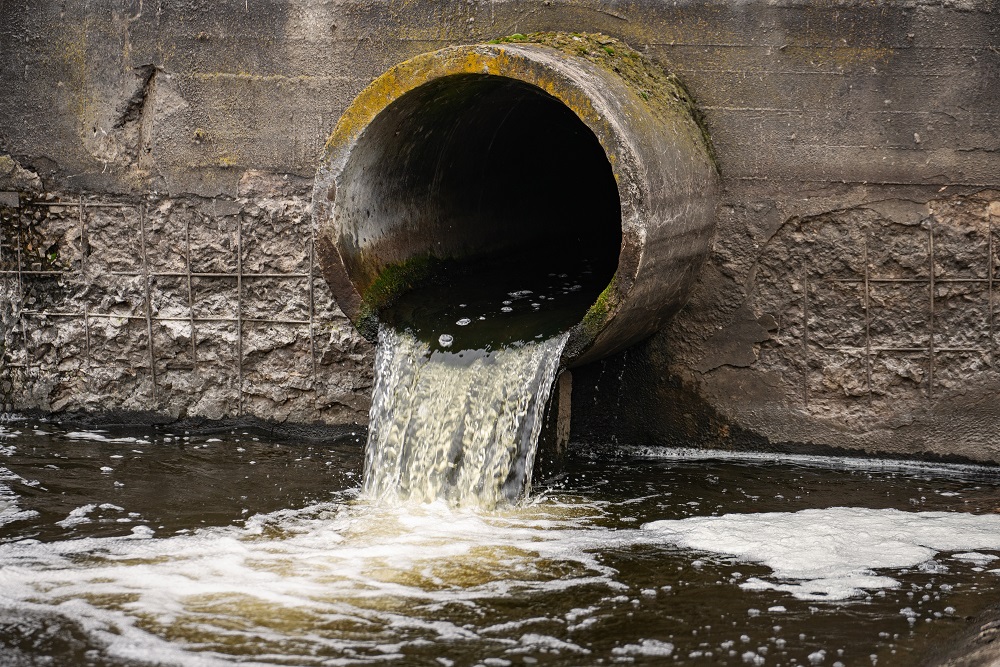 Sewage and wastewater pollution 101
Sewage and wastewater pollution 101 Slowing
the chemical tide: safeguarding human and ocean health amid
chemical pollution
Slowing
the chemical tide: safeguarding human and ocean health amid
chemical pollution Hazardous chemicals in plastics - the discussions at INC
Hazardous chemicals in plastics - the discussions at INC








